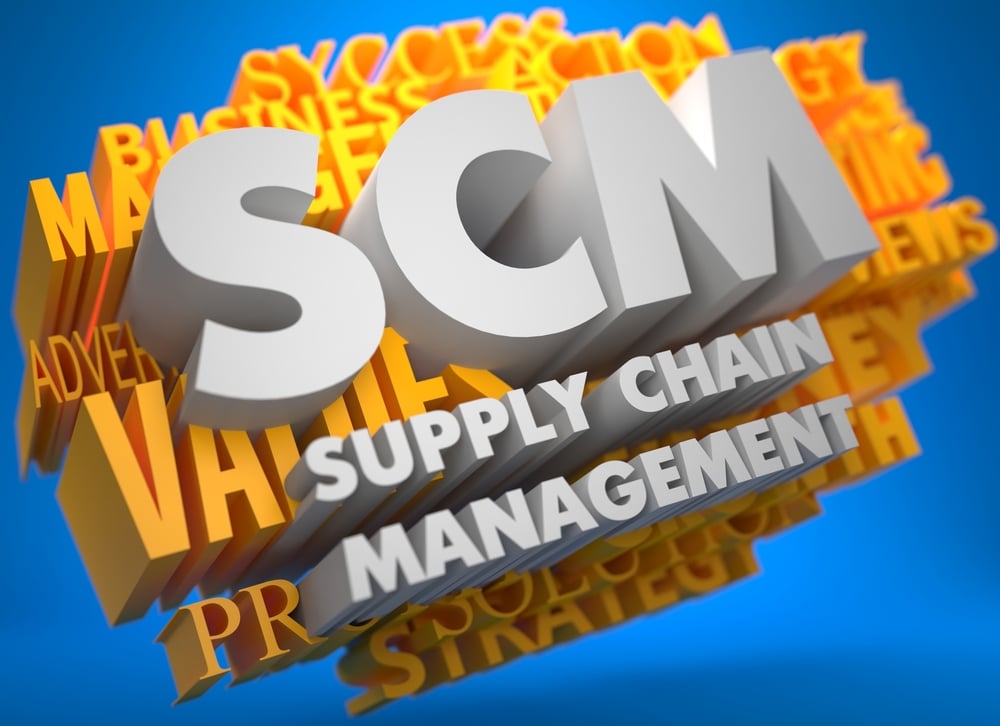It’s easy to think of supply chains as just moving products from point A to point B, but anyone in the industry knows it’s rarely that simple. A late shipment here, a customs delay there, or even a misplaced inventory item can snowball into a much bigger problem than it seemed at first. The consequences go beyond financial losses, impacting time, missed opportunities, customer relationships, and operational plans.
And most businesses see the storm coming. In a recent survey, over 60% of companies said they expect supply chain disruptions to continue or even worsen. It’s a challenge many are bracing for, but the real question is: how do you uncover and address the hidden costs before they spiral out of control? Let’s break it down.
Addressing Supply Chain Complexities in Freight Operations
Freight operations are crucial, but supply chain complexities can lead to delays, rising costs, and customer dissatisfaction. Addressing these challenges means refining freight processes, improving visibility, and implementing proactive strategies to prevent disruptions. By tackling this head-on, we help businesses reduce costs, boost reliability, and ensure smooth, efficient operations across their current supply chain.
Freight operations often encounter challenges that disrupt smooth logistics and timely deliveries. Below are some issues businesses face in freight operations and how they impact overall logistic network performance.
- Unpredictable shipping schedules: Delays can cause operational disruptions, impacting timely order fulfillment and leading to inefficiencies across the logistic functions.
- Port congestion: Overcrowded ports lead to longer waiting times, increasing shipping costs and causing delays in the delivery of goods and services.
- Limited tracking and visibility: Without real-time insights, businesses cannot efficiently manage shipments, monitor raw material supplies, or prevent potential disruptions at distribution centers.
To address the issues in freight operations, businesses use real-time tracking and demand forecasting tools. Diversifying carriers and planning alternate routes help reduce risks. Leveraging technology and proactive planning strengthens the logistics and makes it more resilient to supply chain complexities.
Freight Management Solutions for Cost Control
Freight costs can quickly spiral out of control without proper management, impacting your bottom line. Effectively managing these expenses is crucial in the global supply chain to stay competitive and meet customer demands.
Here are some practical strategies and technology solutions to help you control freight costs:
- Consolidating shipments: Combining smaller shipments into larger ones reduces transportation costs and improves efficiency.
Optimizing routes: Plan cost-effective routes to minimize fuel consumption and reduce delays. - Partnering with reliable carriers: Trusted carriers ensure timely deliveries and reduce the risk of unexpected charges.
Freight management technology helps streamline operations and eliminate unnecessary costs. Here's how:
- Artificial intelligence (AI): AI tools analyze data to predict demand, suggest optimal routes, and identify cost-effective shipping methods.
- Real-time tracking: Provides visibility into shipments, allowing businesses to avoid delays and manage potential issues before they become costly.
Using Demand Forecasting Tools for Accurate Planning
Accurate demand forecasting is essential for businesses to manage supply chain complexities and maintain smooth operations. By predicting changes in demand, businesses can align inventory with customer needs, reduce waste, and prevent costly disruptions. Below, we outline the key problems and solutions that tolls in demand forecasting help address in freight management and overall logistical performance.
Tools That Make Forecasting Easier
Forecasting is critical for planning and managing operations effectively. Using the right tools helps analyze data, predict trends, and reduce potential risks. Demand forecasting tools assist in understanding customer needs and planning inventory. They also work alongside freight management systems and support risk management logistics to ensure smooth workflows.
Here are examples of useful tools:
- Forecasting Software: Helps predict demand and manage inventory levels.
- Supply Chain Management Systems: Useful for freight management to optimize logistics.
- Risk Assessment Platforms: Focused on risk management logistics to identify and prevent disruptions.
Risk Management Logistics for Supply Chain Stability
A stable logistic network is more than just about efficiency; it’s about being prepared for the unexpected. With strong risk management logistics, businesses can identify potential disruptions early and take swift action to keep operations running smoothly. Here, we’ll explore how to manage the growing complexity of the logistical networks, optimize inventory management, and improve demand planning and forecasting to navigate challenges in industries like the retail industry.
Identifying Logistic Risks
Effective risk management logistics involves spotting potential disruptions before they impact your operations. By identifying these risks early, businesses can take action to prevent delays and maintain a smooth logistic network. Here are common risks to watch for:
- Supplier delays: Stay in close communication with suppliers to quickly identify any delays or issues that might affect supply.
- Inventory shortages: Regularly check stock levels, ensuring you don’t run out of critical goods stored in your warehouse and can meet demand.
- Transportation bottlenecks: Keep track of shipping routes and customs to prevent delays and avoid logistic network slowdowns.
By monitoring risks, businesses can protect operations, reduce disruptions, and strengthen their logistical network through strategic alliances and stakeholder collaboration.
Building a Resilient Logistics Network
Building a resilient logistics network means preparing for the unexpected and ensuring your business can continue running smoothly despite disruptions. Here’s how managers can strengthen their logistic network with risk management logistics:
- Diversify suppliers: Relying on one supplier can create risks, especially considering the size of the supplier. Spread your risk by working with multiple suppliers to ensure a consistent supply of goods.
- Optimize shipping routes: Planning the most efficient routes helps avoid delays, reduces shipping costs, and ensures timely deliveries. This requires careful planning and strategic decisions to help mitigate the impact of disruptions.
- Create contingency plans: Collaborate with suppliers and partners to develop backup plans for challenges like demand surges or shipping delays. This prepares you for unforeseen disruptions, which is a critical component of a business strategy.
These strategies are essential because they help logistics professionals reduce vulnerabilities, maintain steady operations, and protect your business from unexpected events. Implementing them is key to managing the complexity of modern supply chains and ensuring long-term efficiency in the logistical network.
Unlock the Full Potential of Your Supply Chain
Are hidden costs slowing down your supply chain’s success? At Visigistics, we help you unlock your business’s full potential with tailored solutions that streamline your freight management, optimize demand forecasting tools, strengthen risk management logistics, and improve overall logistic network efficiency.
By working with us, you’ll reduce costs, improve efficiency, and pave the way for sustainable growth. With our real-time tracking, cross-border logistics expertise, and scalable solutions, Visigistics helps you create a logistic network that grows with your business. We’ll take care of the complexities, so you can focus on your success.
Contact us at Visigistics today to turn your supply chain challenges into growth opportunities.
Frequently Asked Questions
What are hidden costs in the supply chain?
Hidden costs arise from inefficiencies like delayed shipments, inventory mismanagement, or poor visibility into operations. These supply chain complexities can significantly affect profitability, disrupt business operations, and damage customer trust.
How can freight management help reduce costs?
Effective freight management helps companies optimize shipping routes, consolidate shipments, and partner with reliable carriers. Using tools like real-time tracking, businesses can reduce delays, cut fuel costs, and improve logistic functions, ultimately lowering expenses and improving operational efficiency.
What role do demand forecasting tools play in improving the supply chain?
Demand forecasting tools predict future demand, helping businesses align inventory with customer needs. By reducing overstocking and stockouts, these tools improve inventory management, reduce waste, and streamline operations.
How can Visigistics help improve my logistics network?
Visigistics offers tailored solutions to manage supply chain complexities, optimize freight management, enhance demand forecasting, and strengthen risk management logistics. Our tools and systems help logistic professionals streamline operations, reduce costs, and improve profitability across their logistic network.





